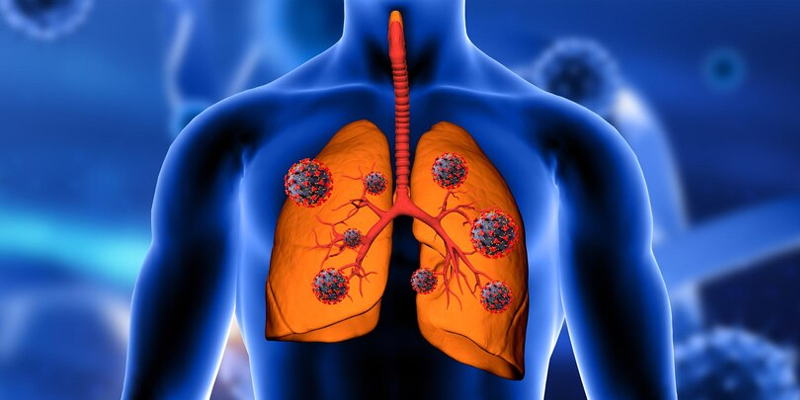Lung Biopsy

Lung Biopsy
A lung biopsy is a medical procedure that involves removing a small sample of lung tissue for examination under a microscope. It's a crucial diagnostic tool used to identify various lung conditions, most notably lung cancer. This article delves into the different types of lung biopsies, their purpose, and what to expect during the procedure.
Why is a Lung Biopsy Performed?
Doctors recommend a lung biopsy when other tests, like chest X-rays or CT scans, raise suspicion of abnormalities in the lungs. These abnormalities could be:
- Lung nodules: Round or oval-shaped masses that may be cancerous or benign.
- Infiltrates: Areas of abnormal tissue that appear on imaging tests.
- Unexplained bleeding or fluid in the lungs.
A lung biopsy helps determine the exact cause of these abnormalities, guiding doctors towards appropriate treatment plans. Early diagnosis is crucial for managing lung conditions, especially cancer.
Types of Lung Biopsies
There are several types of lung biopsies, each with its own advantages and limitations. The choice of method depends on various factors, including the size and location of the abnormality, the patient's overall health, and the doctor's preference. Here's a brief overview of the common types:
- Needle biopsy: This minimally invasive procedure uses a thin needle inserted through the skin or between the ribs to reach the lung tissue. Imaging guidance, like CT scan or ultrasound, is often used for precision. Needle biopsies are typically done under local anesthesia and are well-tolerated by most patients.
- Bronchoscopy biopsy: A thin, flexible tube with a camera (bronchoscope) is inserted through the mouth or nose and into the airways to reach the area of interest. Tissue samples are then collected through the bronchoscope. Bronchoscopy biopsies are suitable for abnormalities located in the larger airways but may not reach peripheral lung lesions.
- Surgical biopsy: This open surgery involves making an incision in the chest wall to directly access the lung tissue and collect samples. Surgical biopsies are usually performed under general anesthesia and are preferred for larger abnormalities or when other methods are inconclusive.
What to Expect During a Lung Biopsy
The specific procedure details will vary depending on the chosen biopsy type. However, some general preparation steps are common:
- Discuss your medical history and medications with your doctor.
- Stop smoking at least a few weeks before the procedure.
- Fast for several hours before the biopsy if advised.
- Arrange for someone to drive you home after the procedure.
The biopsy itself will take 30 to 60 minutes on average. You may experience some discomfort or pain during the procedure, depending on the type used. Recovery time also varies, with needle biopsies requiring minimal downtime compared to surgical biopsies.
Understanding the Results
After the biopsy, the tissue samples are sent to a laboratory for analysis. The results typically take a few days to a week to return. Your doctor will discuss the findings with you and recommend the next steps based on the diagnosis.
A lung biopsy can be a daunting experience, but it's a valuable tool for diagnosing lung conditions and ensuring proper treatment. Remember to ask your doctor any questions you may have and discuss your concerns openly.
In addition to the information above, here are some additional points you may want to consider including on your website:
- Links to reputable medical organizations for further information on lung biopsies.
- A section on potential risks and complications associated with lung biopsies.
- Information on how to prepare for and recover from different types of lung biopsies.
- Stories or testimonials from patients who have undergone lung biopsies.
